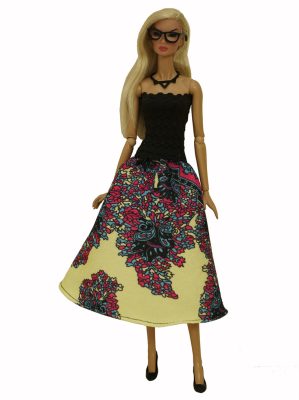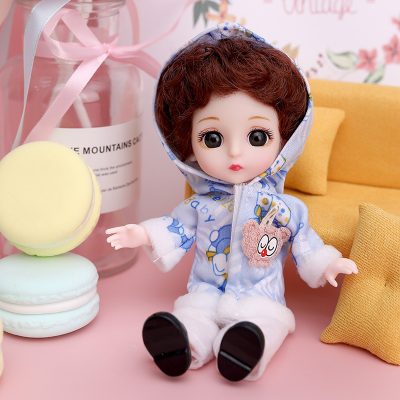Barbie has been a subject of controversy and discussion regarding her impact on beauty standards since her introduction in 1959. Her original design featured a slim figure with exaggerated proportions, which many have argued can contribute to unrealistic beauty ideals and body image issues. Here’s a closer look at Barbie’s impact on beauty standards:
- Unrealistic Body Proportions: Barbie’s original proportions include a small waist, large bust, and long legs. Some critics argue that these exaggerated proportions can create unrealistic beauty standards and contribute to body dissatisfaction among individuals, especially among young girls who play with Barbie dolls.
- Comparison and Self-Esteem: Studies have suggested that exposure to Barbie dolls can lead to negative body image and lower self-esteem in some children. Seeing a doll with what is often described as an “ideal” figure may lead young girls to compare themselves unfavorably to this unrealistic standard.
- Influence on Fashion Industry: Barbie has had a notable influence on the fashion industry, with her outfits often mirroring the latest fashion trends. This connection between Barbie and fashion can indirectly promote certain body ideals associated with the fashion world.
- Evolution Toward Diversity: In recent years, Mattel has made efforts to address these concerns by diversifying the Barbie doll line. They have introduced dolls with different body types, skin tones, and hairstyles. These changes are intended to promote a more inclusive and realistic representation of beauty.
- Role as a Conversational Catalyst: Barbie’s impact on beauty standards has also led to important conversations about body image, gender roles, and diversity. Many individuals and organizations have used Barbie as a platform to discuss and challenge unrealistic beauty ideals and encourage positive self-perception.
It’s important to note that while Barbie has faced criticism for perpetuating certain beauty standards, she has also evolved to become more inclusive and reflective of a broader range of body types and appearances. Mattel’s efforts to create more diverse Barbie dolls and promote positive messaging about self-acceptance and empowerment have been steps in the right direction.
Ultimately, Barbie’s impact on beauty standards can vary from person to person and may depend on how she is perceived, interpreted, and used in play. Parents, caregivers, and educators play a crucial role in helping children develop healthy self-esteem and body image by promoting positive conversations and providing diverse and inclusive toys and media influences.



















